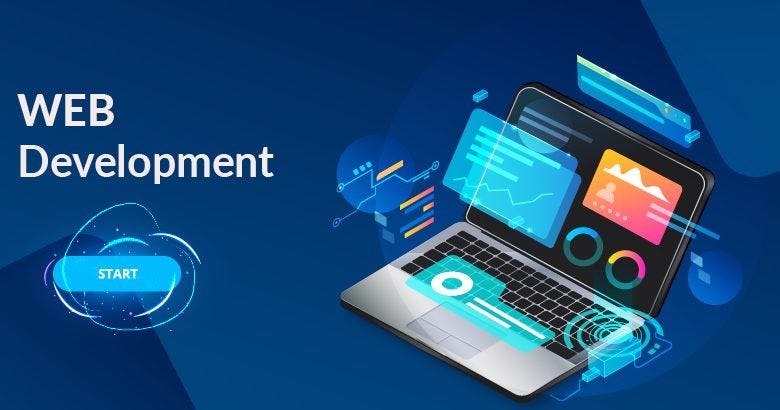Unveiling the Art and Science of Website Development
Unveiling the Art and Science of Website Development
Blog Article
Nowadays web-based presence for businesses is essential to their success. Websites that are well designed serve as a virtual storefront, attracting prospective customers and enthralling them. Development of web-based websites has accelerated over the years, adapting to changes in technology and users' expectations. From static sites to interactive and dynamic platforms and interactive websites, the world of web development continues to expand and offer endless opportunities for users and business alike.
The process of developing a website starts with careful planning and strategizing. Understanding the purpose of the website, target audience and expected functionalities are crucial in creating a strong foundation. The initial stage sets the course for the rest of the developing process, providing guidance regarding design aesthetics along with navigation structure as well as the structure of the content. When aligning these components with general goals, they can assure that their final product resonates with its intended audience.
The user experience (UX) is a pivotal aspect of developing websites that directly impacts visitor satisfaction and their engagement. UX design is the process of creating user-friendly interfaces, and optimizing usability to make sure that users are able to effortlessly achieve their goals. It includes everything from responsive design for mobile devices to intuitive menus for navigation and clearly labelled instructions to take. Through prioritizing the user experience Website developers can boost customer engagement, cut down on bounce rate, and drive conversions.
In the current digital age Website Development have to be more than static pages; they need to be dynamic and adaptable to changing needs and trends. CMS for Content Management (CMS) such as WordPress, Drupal, and Joomla let website owners control and edit their website's content easily, without the need for technical knowledge. These platforms offer a range of plug-ins and templates that can be customized which allow the flexibility to scale and adapt as companies grow and evolve. Furthermore, the integration of features such as e-commerce functionality or multimedia content social media integration could enhance the website's capabilities and the user experience. To get supplementary information kindly check out www.iabcd.cn
In addition to the technical aspects the development of websites also includes the creative process of designing an appealing, user-friendly and visually pleasing interface. User experience (UX) design is focused on analyzing the needs and behaviors of website visitors while creating a simple and pleasant browsing experience. This includes wireframing, prototyping and testing usability to fine-tune the layout, navigation as well as the interactive aspects of the website. An attractive user interface will not only increase user engagement, it adds value to the brand's identity and trustworthiness.
Businesses are increasingly adopting the world of e-commerce and transactions online, security has become a paramount concern in developing websites. From encryption protocols as well as secure payment processors, developers employ robust measures to guard sensitive information and guard against cyber-attacks. Security audits and upgrades regularly are carried out to reduce security risks and to ensure that they are in compliance with guidelines and standards in the industry, providing peace of mind for consumers and businesses alike.